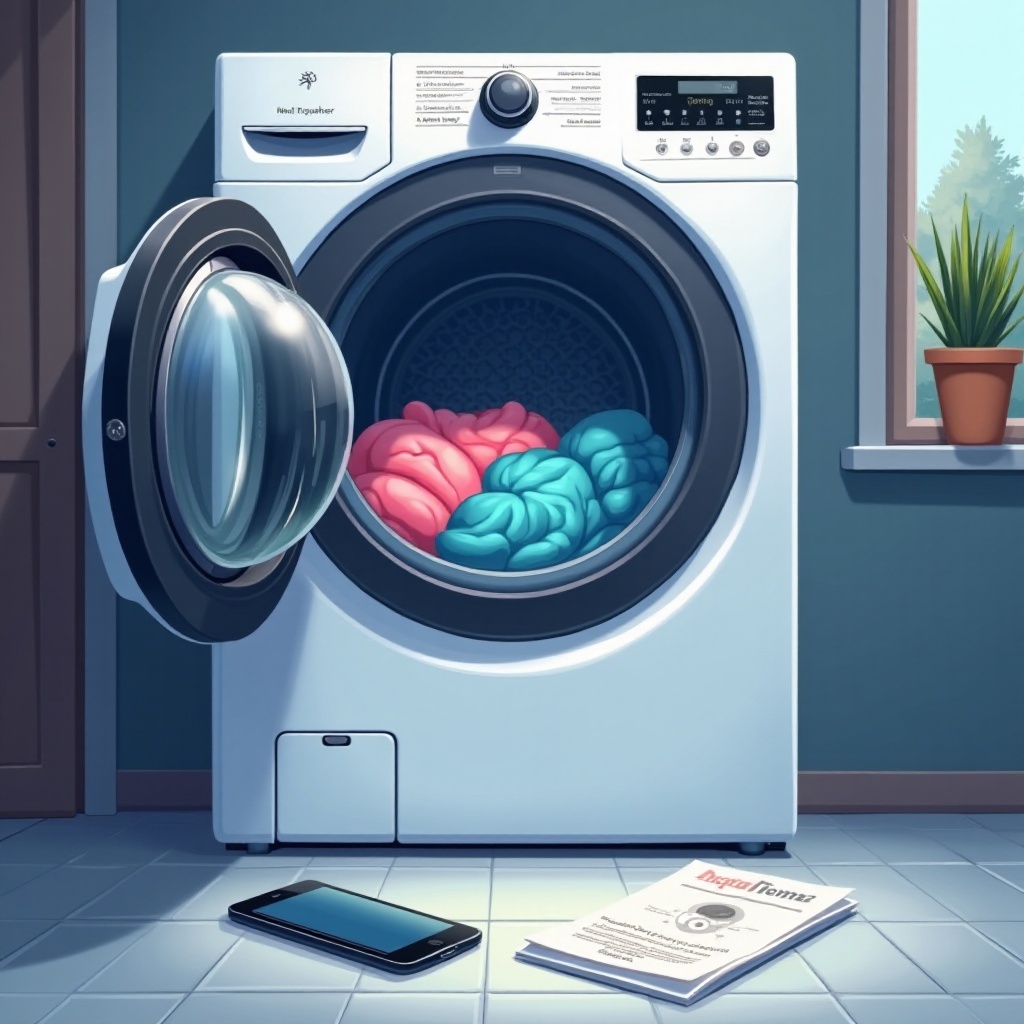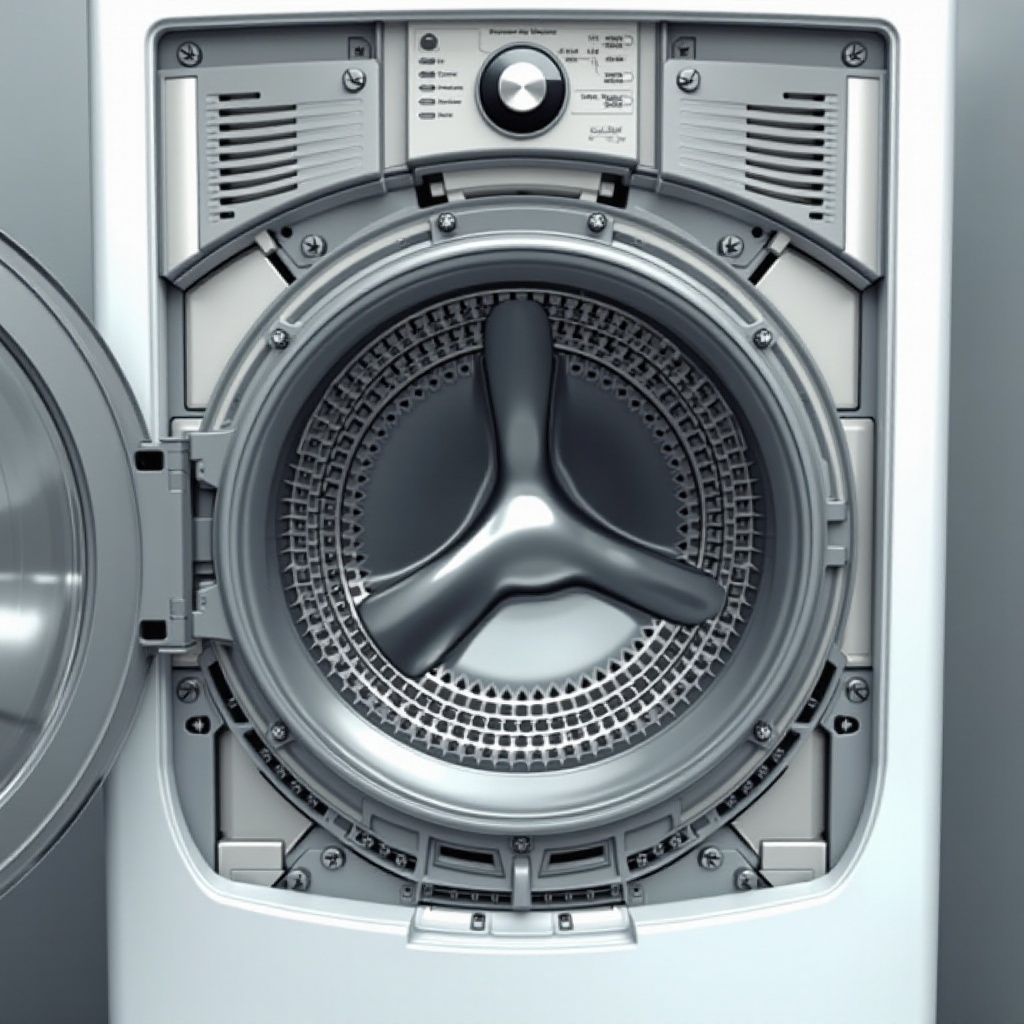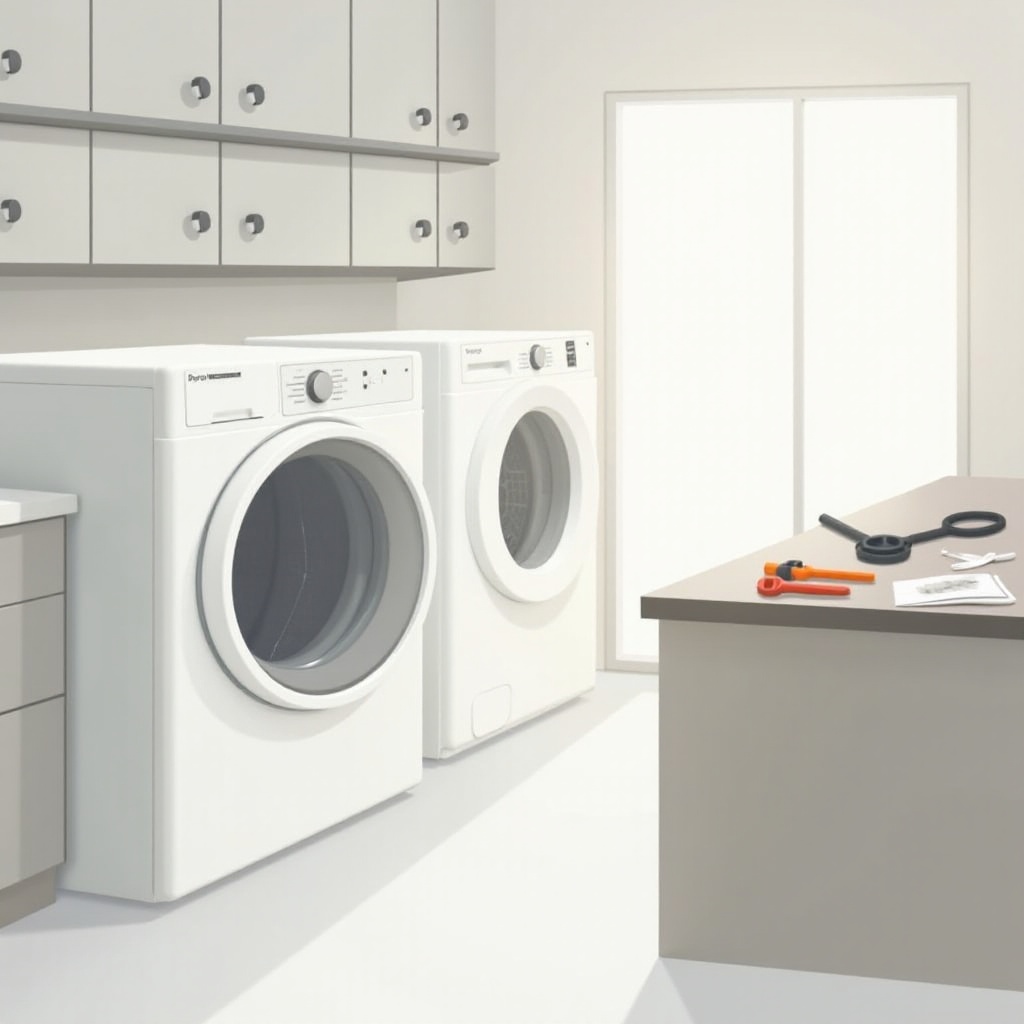Introduction
Pulling damp clothes from the dryer can be an exasperating experience, disrupting your day and prompting concerns about your appliance. Understanding the mechanics behind why your dryer might stop before the clothes are dry is essential. By identifying the potential causes, you can address the problems and ensure a more reliable laundry process. This guide will delve into common causes and effective troubleshooting methods to keep your dryer functioning optimally.

How Does a Dryer Work?
Before addressing the problem, let's dive into how dryers operate. A dryer functions by drawing in air, heating it, and circulating it through the drum where your clothes tumble.
Basic Functionality: The air is heated by a heating element or gas burner and then circulated by a blower or fan through the drum. The heated air evaporates moisture from the clothing, while a vent expels the damp air.
Key Components: Key components include the drum, motor, heating element, lint filter, and sensors. Each part plays a vital role in efficient drying and any malfunction can lead to operational disruptions.
Understanding these elements allows for better identification of issues potentially causing the dryer to stop prematurely.

Common Reasons for a Dryer Stopping Mid-Cycle
Several common issues could cause your dryer to halt before the cycle completes. Identifying these reasons is vital to resolving the underlying problem efficiently:
Overheating Problems: Your dryer has safety cut-off features that activate when overheating occurs, often due to blocked airflow caused by clogged lint filters or vents. It stops the dryer to prevent damage or fire hazards.
Sensor Malfunctions: Modern dryers often use moisture or temperature sensors for cycle optimization. Faulty sensors can misjudge the dryness level, mistakenly ending the cycle early.
Power Supply Issues: Interruptions in the power supply can stop your dryer mid-cycle. Common reasons include tripped circuit breakers, faulty outlets, or internal wiring issues.
Recognizing these issues facilitates targeted troubleshooting, helping maintain the dryer's effectiveness.
DIY Troubleshooting Techniques
Once you've pinpointed possible issues, consider these preliminary DIY troubleshooting methods:
Inspecting the Power Supply: Verify the dryer is securely plugged in and check the circuit breaker. Resetting a tripped breaker could quickly restore power and resolve the interruption.
Checking the Lint Filter and Vent: A clean lint filter and unobstructed vent are vital for airflow. Ensure you're cleaning the filter before each load and regularly inspecting the vent for blockages.
Examining the Drum and Belt: Investigate the drum and belt for mechanical faults. A broken or loose belt can halt drum rotation, causing the cycle to stop prematurely. If necessary, replace damaged components.
Practicing these troubleshooting methods could save time and money, avoiding unnecessary calls for service.
When to Seek Professional Help
Certain dryer issues might require professional intervention, particularly if DIY efforts fall short.
Persistent or Complex Issues: If your dryer continues to malfunction after personal attempts at repair, the problem might be complex and warrant expert attention.
Professional Inspection Benefits: Experts offer diagnosis and repairs that ensure efficient resolution and can advise on maintenance to avoid future problems.
Knowing when to seek professional support can lead to a long-lasting appliance and stress-free laundry routines.
Preventative Maintenance Tips
Regular maintenance is key to preventing unexpected dryer stops and enhancing its efficiency.
Regular Cleaning Routines: Clean the lint filter after each load and check the vent regularly to maintain proper airflow. This routine task can prevent many common issues.
Scheduling Routine Check-Ups: Consider an annual professional inspection. A technician can identify potential problems early and ensure your dryer continues to function optimally.
By incorporating these practices, not only do you enhance your dryer’s performance, but you also extend its lifespan and reduce energy costs.

Conclusion
Understanding your dryer's operation and the reasons it might stop early is vital. Such knowledge enables effective troubleshooting, salvaging damp laundry situations. Regular maintenance and seeking professional repairs when necessary ensure your appliance remains a reliable part of your household routine.
Frequently Asked Questions
Why does my dryer keep stopping mid-cycle?
Your dryer might stop mid-cycle due to overheating, faulty sensors, or power supply issues. Checking these components can often resolve the issue.
How often should I clean my dryer's lint filter?
You should clean your dryer's lint filter after every load to maintain airflow and prevent overheating.
Is it worth repairing an old dryer?
If the repair cost is less than half the price of a new dryer and it has many years of potential use, it might be worth repairing. Otherwise, replacement could be more cost-effective.
